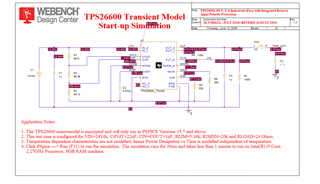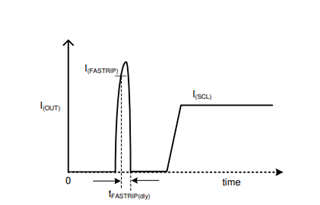Tool/software:
Hi TI,
I would like to confirm the behaviour of the device when coming out from short circuit.
The eFuse is implemented such that the output would see a momentary inrush due to capacitive load, and would trigger the short circuit protection.
Then, when the eFuse is starting up, the output voltage would be charged up, but the rate is slower than what I expected.
I ran a simulation with a modified reference simulation file, adding the switch and a capacitive load to simulate the inrush
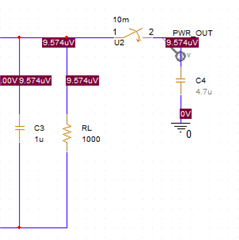
The result shows that the current charging the capacitor is only 133mA, when my resistor is set to 62kohm, which should give me ~0.2A.
I've tried with other resistor values, but the current is always limited to ~0.13A
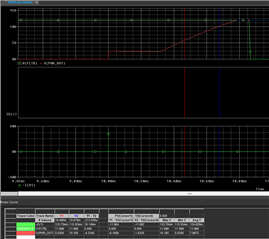
From this plot, I would expect the current to be limited according to the resistor, am I doing something wrong?
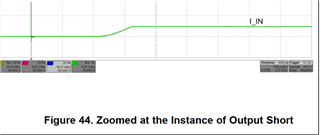
Also another queston, the FLTB is still asserted even though PWR_OUT has reached 12V. Is this also expected? I expected the timer to stop once the fault (the limited current in this case) is cleared.


